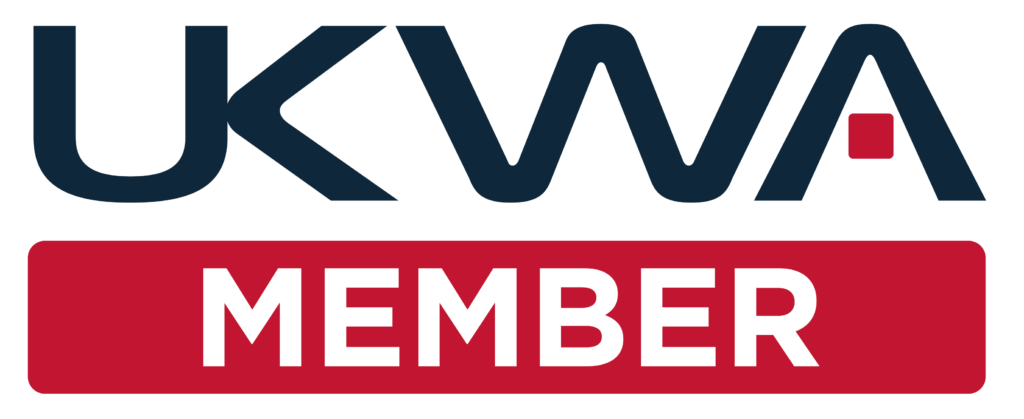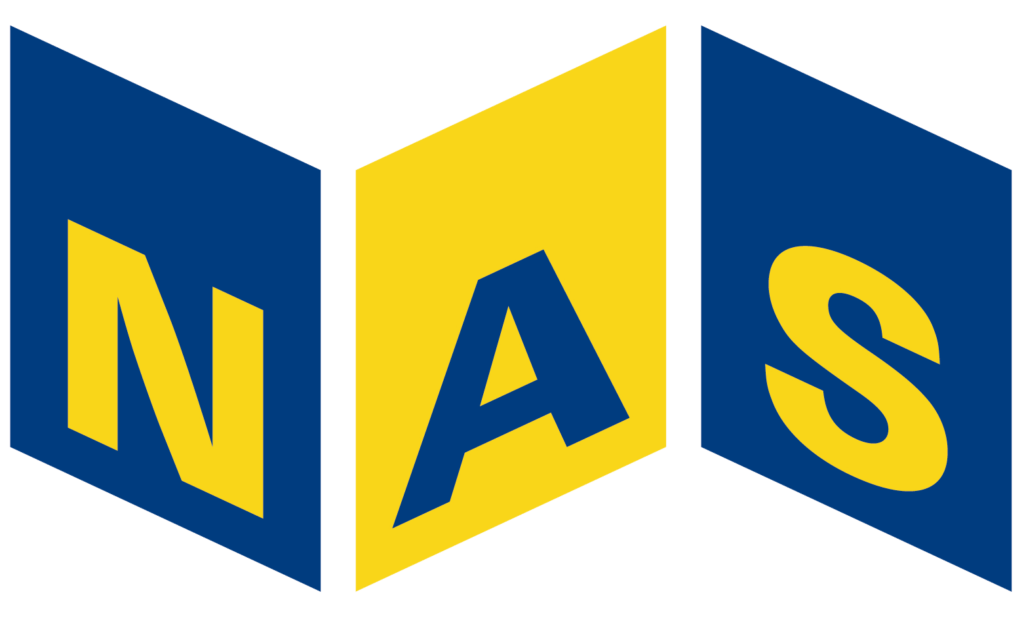Fire sprinkler systems are highly effective in detecting and preventing rapid fire spread. Different types are available, and you must choose the correct type for your requirements.
Read on to learn more about this popular type of fire protection system from Armstrong Priestley.
What do fire sprinkler systems look like?
Fire sprinkler systems comprise pipes and sprinkler heads, usually attached to a water supply or reservoir of fire-suppressing agent.
The sprinkler heads are the most visible component of the system. The water distribution piping system may be on view, but if aesthetics are important, it can be concealed behind panelling.
Wet pipe systems
Wet pipe sprinkler systems are our most frequently fitted, as they are cost-effective and appropriate for various contexts.
Pressurised water is stored in the pipes of a wet system. Once the glass bulb in the sprinkler head cracks, the automatic water supply is ejected at high pressure to suppress the fire.
Water mist systems use the wet pipe system.
Dry pipe systems
Dry pipe sprinkler systems are often recommended for colder environments where the water in the pipes may freeze. We usually fit dry pipe sprinkler systems in unoccupied and unheated buildings, such as warehouses, distribution hubs or parking garages.
In this type of sprinkler system, the pipes are filled with pressurised air or nitrogen gas. When the temperature around the sensor rises, the dry pipe valve opens, forcing water into the sprinkler heads.
In dry pipe systems, the fire sprinkler system’s action is a little delayed due to the two-stage process to provide water flow, but it still offers high levels of fire protection.
Deluge systems
Deluge systems are designed to protect areas at the highest risk of fire, such as those where flammable liquids are stored.
In a deluge system, the sprinkler heads are always open. A deluge valve prevents water from flowing into the piping. When fire is detected, the deluge valve is opened, and the pipes are flooded with highly pressurised water.
The sprinkler heads in deluge systems are designed to cover the horizontal floor area of the entire space to be protected.
Sprinklers are activated individually in other systems, but in deluge systems, all the sprinkler heads are activated simultaneously throughout the whole area.
Pre-Action Systems
Pre-action systems require a two-step process for activation. Water or another suppressant agent enters the piping system through a pre-action valve only after triggering an external sensor. Because of this staged process, accidental activation is least likely with pre-action systems.
Pre-action systems can be finely tuned to activate a limited number of sprinkler heads. The system can be designed with sprinkler heads directed at a uniquely configured hazard that needs particular care.
This makes them particularly useful in environments where valuable assets are stored, as they limit water damage.
Which sprinkler system is best for me?
It is best to consult a professional company when considering fire safety systems.
Armstrong Priestley was established in Leeds in the 1970s, and we have over five decades of experience designing, fabricating, installing, and maintaining fire sprinkler systems. Our client portfolio includes domestic homes, commercial buildings, and high-rise buildings. Every project is bespoke to ensure that your systems respond to the needs of your premises in the event of a fire.
If you would like to discuss a sprinkler system, please contact us at the office nearest to you.
Our Regional Offices
Leeds Head Office
Seventy Seven
Holbeck Lane
Leeds
West Yorkshire
LS11 9UL
Call 0113 394 4040
email info@armstrongpriestley.co.uk
The North East Office
One Trinity Green
Eldon Street
South Shields
NE33 1SA
Tel 0191 206 9085
Email northeast@armstrongpriestley.co.uk
The North West Office
Suite 7
Wilsons Park
Monsall Rd
Greater Manchester M40 8WN
Tel 0113 394 4040
Email manchester@armstrongpriestley.com
The South East Office
Unit 9, Church Farm
Ulcombe
Maidstone
Kent
ME17 1DN
Tel 0203 4345570



